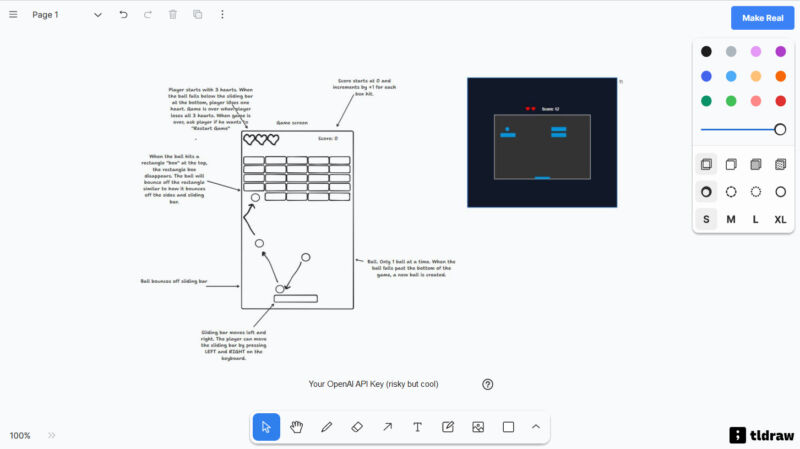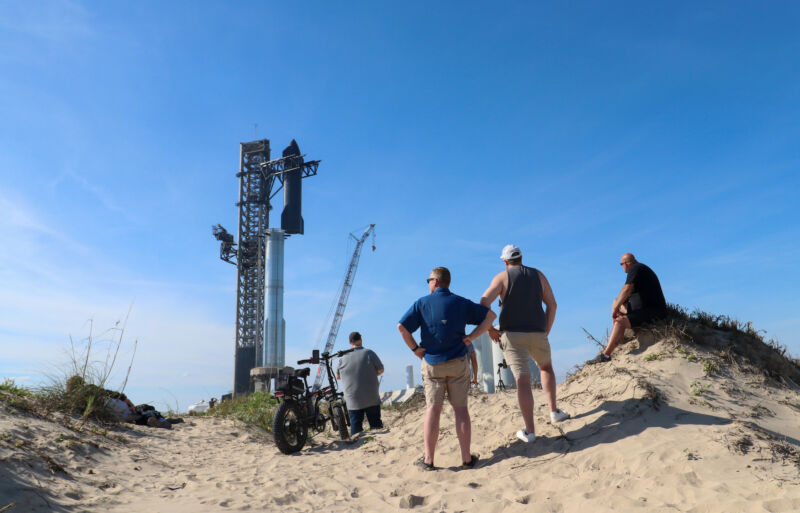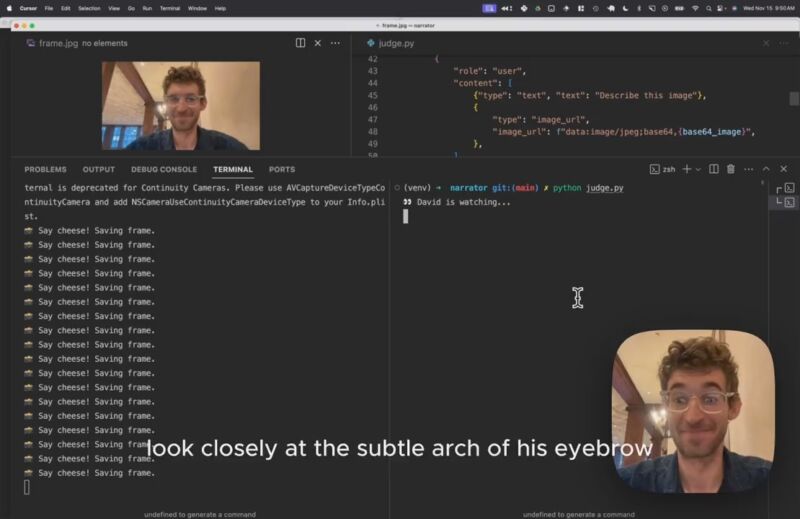
Enlarge / OpenAI CEO Sam Altman testifies about AI rules before the Senate Judiciary Subcommittee on Privacy, Technology, and the Law on May 16, 2023, in Washington, DC. (credit: Getty Images | Win McNamee )
OpenAI, the company behind ChatGPT and DALL-E, announced Friday that co-founder and CEO Sam Altman will be departing the company and vacating his seat on the board. CTO Mira Murati has been appointed interim CEO effective immediately, according to a blog post from the board of directors.
“Mr. Altman’s departure follows a deliberative review process by the board, which concluded that he was not consistently candid in his communications with the board, hindering its ability to exercise its responsibilities,” the blog reads, in part. “The board no longer has confidence in his ability to continue leading OpenAI.”
“We are grateful for Sam’s many contributions to the founding and growth of OpenAI,” the board writes in a prepared statement. “At the same time, we believe new leadership is necessary as we move forward.”
Read 7 remaining paragraphs | Comments
Source: Ars Technica – OpenAI fires CEO Sam Altman, citing less than “candid” communications
















